
The Fibonacci Sequence
1, 1, 2, 3, 5, 8, 13, 21, 34, 55, 89, 144
What do these numbers have in common? What pattern do you see? These numbers are a part of what is known as the fibonacci numbers. Fibonacci numbers are found by adding the two previous numbers. So the number after 144 would be 233. The Fibonacci Sequence is a simple sequence of numbers that anyone can learn!
Spark your math thinking!
- Set up your math mini spark recording page: #74 Fibonacci Fun
- “Too much of the mathematics we learn in school is not effectively motivated.” ~Mathemagician Arthur Benjamin. Watch his TED Video about the Magic of Fibonacci Numbers. Take notes on your recording page.
3. Watch this Numberphile video about Random Fibonacci Numbers. Take notes on your recording page.
4. Then, try the activity he explains in the video using a coin. Record your project. My sons Toby and Trevor and I recorded ourselves doing the activity here:
5. Read about the Fibonacci Sequence at Math is Fun. Recording 3 details on your recording page.
6. Create a interesting way to show what you have learned from this math mini spark. Add it to your recording page.
7. Share your math mini spark recording page and your project with your teacher/EY coordinator.





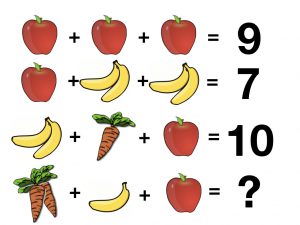 Images to create this puzzle taken from
Images to create this puzzle taken from 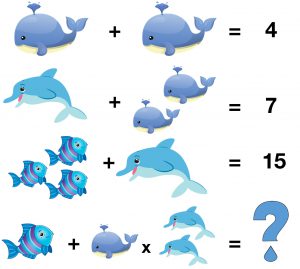
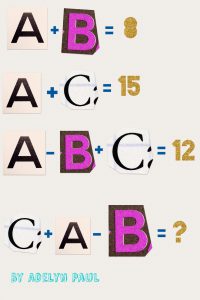
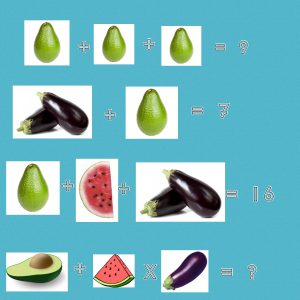
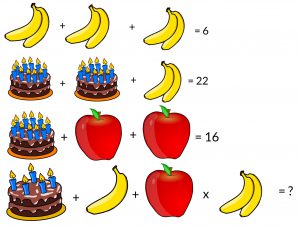
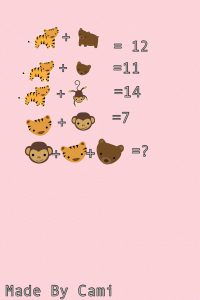
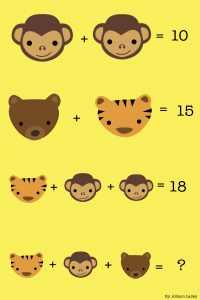
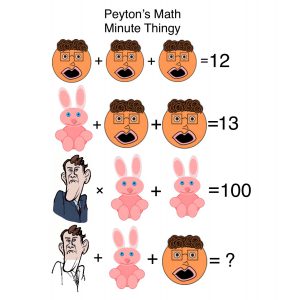

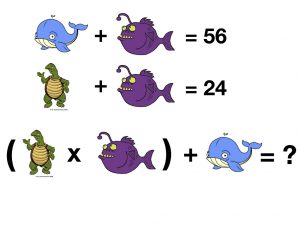
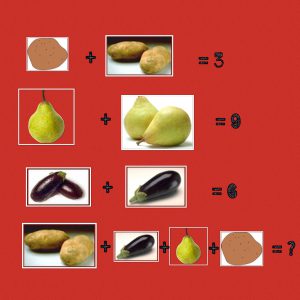





 This Math Minute was inspired by the Pringles commercial that played during Super Bowl LVII. I’ve always been intrigued by the shape of Pringles, but this commercial took it to the next level and had me pondering the mathematics behind this beloved chip!
This Math Minute was inspired by the Pringles commercial that played during Super Bowl LVII. I’ve always been intrigued by the shape of Pringles, but this commercial took it to the next level and had me pondering the mathematics behind this beloved chip! parade
parade 
 How are smartphones built? What materials are used? Complete this math mini spark and learn more.
How are smartphones built? What materials are used? Complete this math mini spark and learn more.